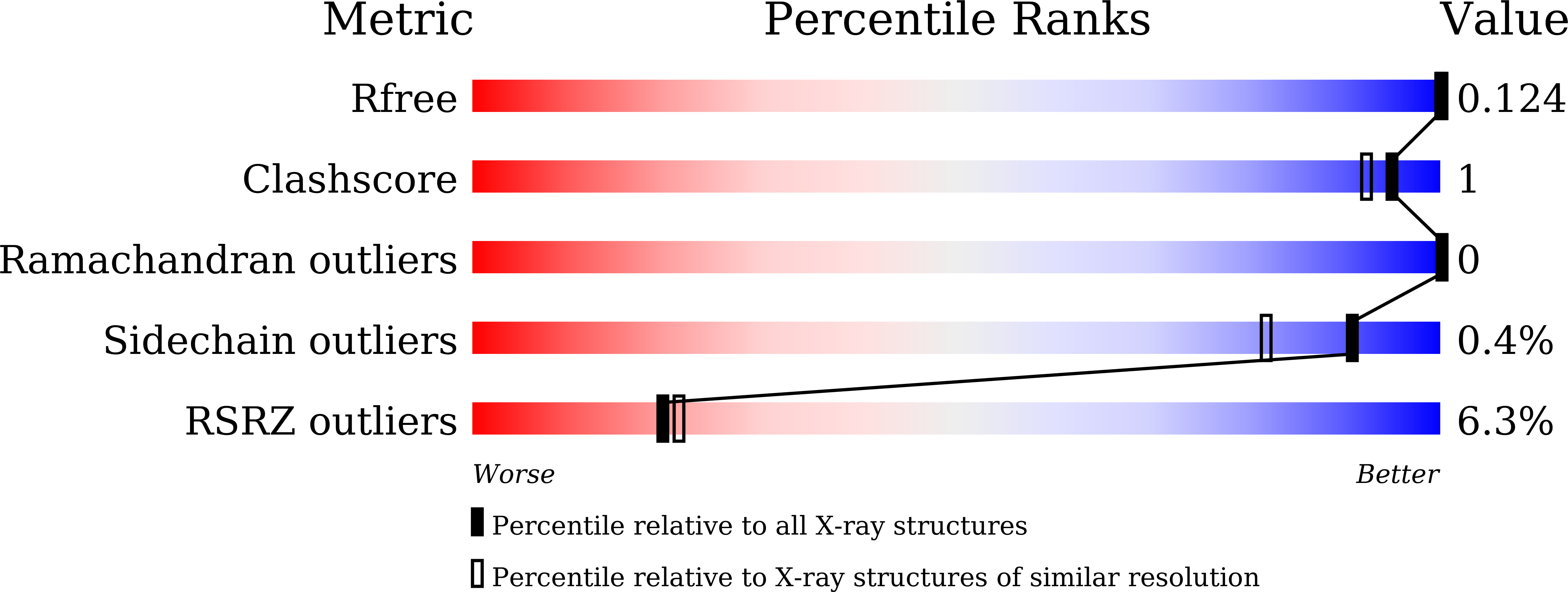
Deposition Date
2014-12-01
Release Date
2016-01-13
Last Version Date
2024-11-06
Method Details:
Experimental Method:
Resolution:
1.50 Å
R-Value Free:
0.15
R-Value Work:
0.12
R-Value Observed:
0.12
Space Group:
P 1 21 1


